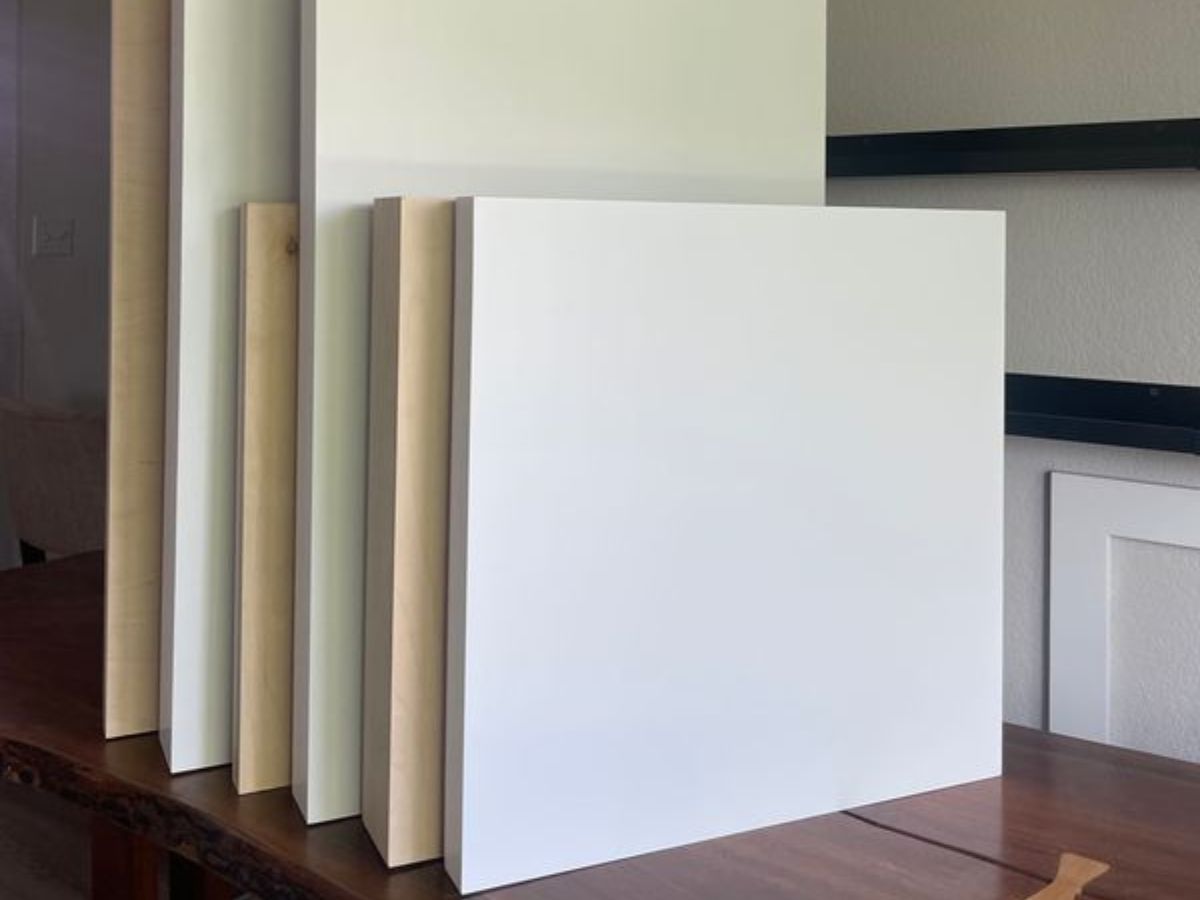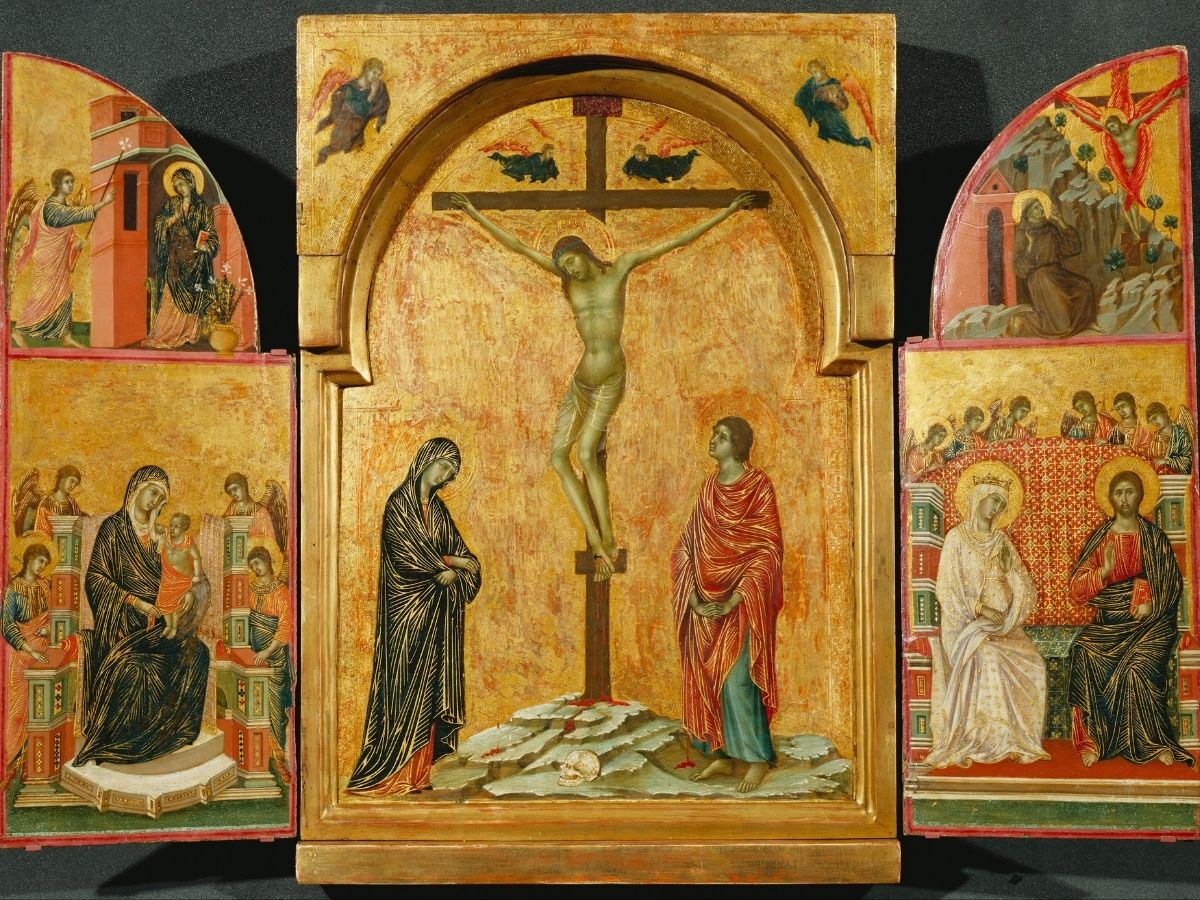
Customizing Wood Panel Sizes for Your Art Projects
When you’re standing in front of a new wood panel ready to receive paint, size matters more than you might think. Whether you’re an amateur just starting out or a pro prepping for your next show, customized panel dimensions offer some serious advantages and a few things to watch out for.
Why customize panel sizes?
Off-the-shelf panels often come in standard sizes (like 24″×36″ or 30″×40″), which are fine but they may not match your vision. By choosing a custom size, you gain flexibility: maybe you want a long narrow panel to suit a panoramic composition, or a non-standard square for an installation. Suppliers today specifically offer custom cut or shaped variants.
By customizing size, you align your support to your concept rather than squeezing your idea into standard dimensions.

Practical considerations
- Thickness and rigidity: A panel that is too thin may warp. Many custom panel services offer varying thicknesses and substrates (birch plywood, MDF, composite) to ensure a stable surface.
- Support and material: Wood, plywood or engineered boards all behave differently when primed and painted. Some surfaces like “MDO” plywood are especially designed to be paint-receptive and durable for artists.
- Cut-to-size vs DIY: Many hobbyists simply have a local hardware store cut a large board to size. That said, manufacturer-cut custom panels often come with finishing (sanded, sealed) which reduces prep time.
- Priming and sealing: Even a high-quality panel needs sealing to prevent moisture movement and surface issues. The custom-panel manufacturer emphasizes sealed birch plywood for durability.
- Cost and logistics: The cost will rise with size, unusual proportions or customized shapes (for example, circles, tondos). Large sizes may also require shipping logistics and proper framing or backing to avoid warping.

Tips for artists and lecturers
- For lecture demos, choose a manageable size (for example: 24″×30″) that students can view comfortably and you can carry easily.
- For studio work or commissions, don’t hesitate to go large (for example, 48″×72″) if your space allows. Many custom services support up to those ranges.
- Always match your size decision to your visual narrative: are you creating an immersive experience, or a contained study?
- When experimenting, go for a smaller custom size (say 12″×18″) and treat it as a prototype before committing to a large piece.
Customizing your wood panel size is a practical choice and is part of your creative decision-making. It allows you to shape the format in harmony with your idea. Whether you’re teaching students about format choices, or hanging your next gallery piece, choosing the right size and preparing the support properly ensures that your surface supports the story you want to tell and not the other way around.